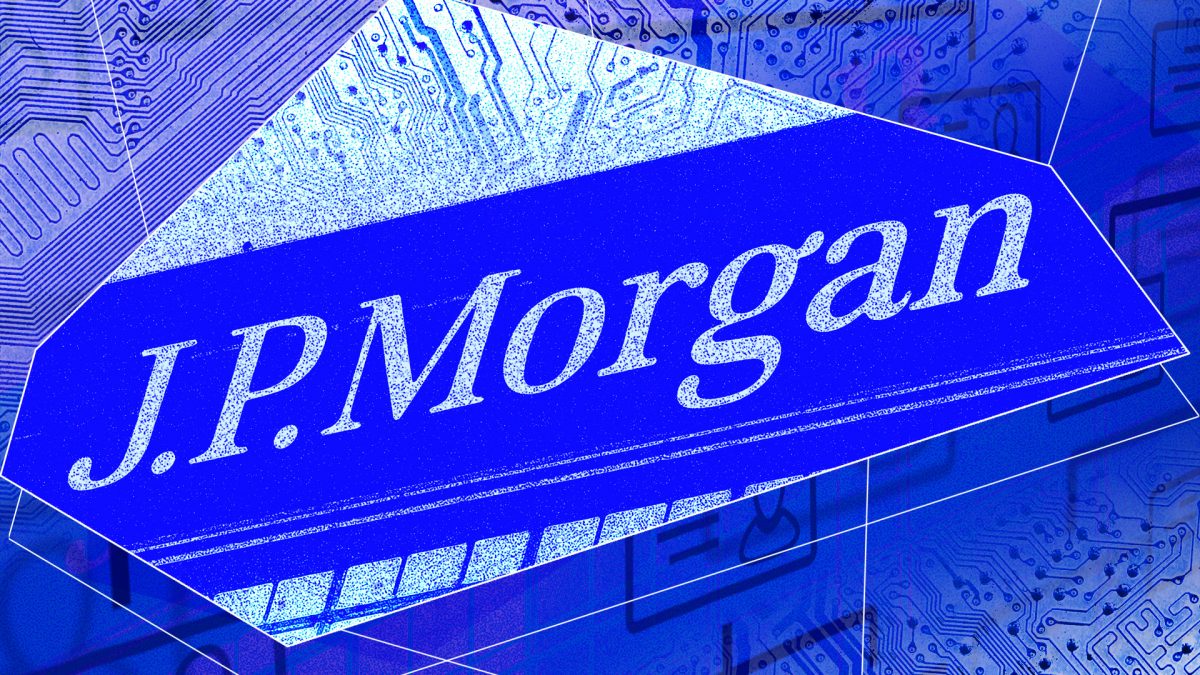
JPMorgan: Slow Growth in DeFi and Tokenization
According to analysts at JPMorgan, despite extensive infrastructure development and recent regulatory adjustments, institutional adoption of decentralized finance (DeFi) and asset tokenization remains notably limited. In their recent report, the team led by managing director Nikolaos Panigirtzoglou noted that the total value locked (TVL) in DeFi has not yet returned to the highs seen in 2021. This stagnation, they argue, indicates a slower recovery following the 2022 market downturn. Most users in DeFi are still retail participants and crypto enthusiasts, with traditional institutions showing minimal engagement, even with the introduction of compliance features like KYC-gated vaults and permissioned lending pools. The analysts identified three main barriers hindering adoption: a lack of harmonized cross-border regulations, legal clarity regarding on-chain investments, and concerns over smart contract enforceability and the overall reliability of protocols. As a result, institutional interest has predominantly centered around Bitcoin investment products. While acknowledging potential improvements tied to evolving regulatory frameworks, such as the U.S. SEC's "Project Crypto," they expressed skepticism about whether these regulations would effectively address the apprehensions of conventional institutional investors. ### Tokenization Reality Regarding tokenization, JPMorgan's analysts pointed out that the current total of approximately $25 billion in tokenized assets remains modest, primarily driven by firms in the crypto sector and hedge funds. Adoption has been sluggish, even in areas where tokenization could enhance traditional investment benefits like intraday liquidity in repos or automated bond settlements. Though over 60 tokenized bonds valued at $8 billion have been issued, most are seeing minimal secondary trading, marking these efforts as experimental. The hype surrounding tokenization of private assets appears, according to the analysts, to be overstated. The reported $15 billion in tokenized private credit is concentrated among a select few players and lacks a significant secondary market. The report emphasizes that this lack of enthusiasm among traditional investors stems from a perception that there is currently no compelling need for tokenization. The traditional financial landscape, supported by fintech developments, is progressing towards quicker and cheaper settlement methods, thus reducing the necessity for blockchain solutions. Institutional investors may also hesitate to transfer equity or bond trading to blockchain due to transparency issues, as blockchains expose trading strategies that could be vulnerable to detection or front-running, unlike traditional dark pools that provide protection in trading. Furthermore, tokenized bank deposits have not yet gained widespread traction. Evidence suggests that there has not been a significant shift of bank deposits to blockchain systems, largely because traditional systems already facilitate fast, electronic settlements between deposits and assets. The advancements in fintech have diminished the perceived need for blockchain alternatives. ### Private Assets and Investor Preference In the realm of private equity or private credit, investors typically retain their positions until they mature, favoring the absence of daily price fluctuations. A transparent market involving constant trading may not appeal to them. Overall, JPMorgan's report concludes that the disappointing progress in DeFi and tokenization stems from both regulatory challenges and a widespread lack of perceived value among traditional investors. The bank itself has been progressive in blockchain adoption, developing multiple initiatives within its blockchain business unit, Kinexys, which encompasses various components including digital payments, asset tokenization, and blockchain research.
FAQ
❓ What are the main barriers to DeFi adoption?
The key barriers include lack of harmonized regulations, legal clarity on on-chain investments, and security concerns.
❓ Why is tokenization considered to have limited growth?
Tokenization growth is limited due to low secondary market activity and a lack of significant adoption by traditional investors.